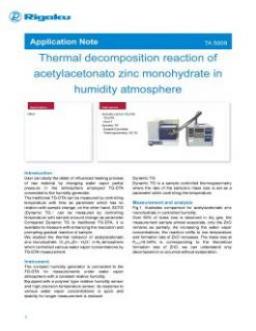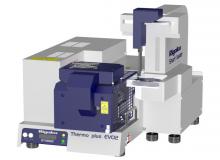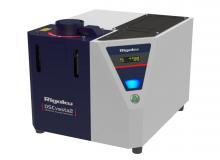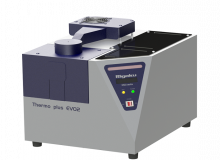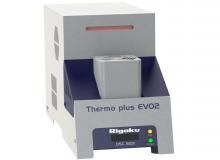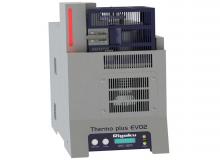User can study the detail of influenced heating process of raw material by changing water vapor partial pressure in the atmosphere employed TG-DTA connected to the humidity generator.
The traditional TG-DTA can be measured by controlling temperature with time as parameter which has no relation with sample change, on the other hand, SCTG (Dynamic TG ) can be measured by controlling temperature with sample amount change as parameter. Compared Dynamic TG to traditional TG-DTA, it is available to measure with enhancing the resolution and prompting gradual reaction of sample.
We studied the thermal behavior of acetylacetonato zinc monohydrate(C₁₀H₁₄Zn·H₂O)in N₂ atmosphere which controlled various water vapor concentrations by TG-DTA measurement.
Thermal analysis products from Rigaku
TG-DTA is a hyphenated technology generally referred to as simultaneous thermal analysis (STA).
Quantifies the energy changes in reactions such as melting, transition, crystallization and glass transition temperature.
TMA is the measurement of a change in dimension or mechanical property of the sample while it is subjected to a controlled temperature program.
The compact humidity generator (HUM-1) is connected to the TG-DTA for measurements under constant relative humidity water vapor atmosphere.
TMA/HUM measures change in dimension or mechanical property of a sample while subjected to a temperature regime under water vapor atmosphere with a constant relative humidity.
In TG-FTIR, gases evolved by volatilization or thermal decomposition are qualitatively analyzed, which allows you to track changes in the generated amount along with the temperature change.

